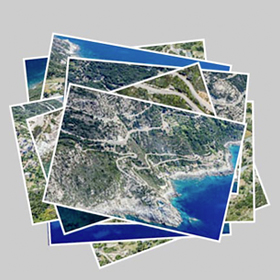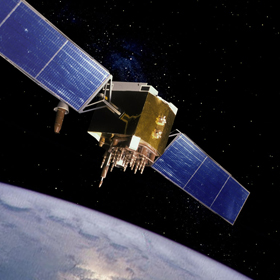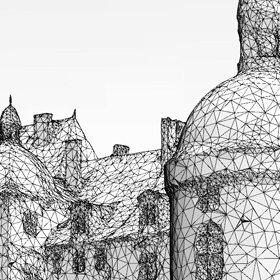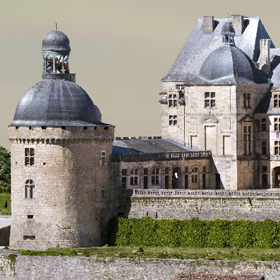GERPHO
3D
Gerpho offers 3D photos (whether aerial or not) : 3D colour digital models of sites, monuments or objects with dimensions ranging from a couple of centimeters to several kilometers. These 3D modes are very accurate, highly realistic and can be used in different ways : interactive visits either with specific viewers or on line, generation of videos or still photos from points of views that cannot be accessed any other way, dimensional measurements (length, surface volume) , and even creation of solid 3D models with 3D printers. They also allow urban or architectural projects which have been 3D-modeled with classical CAD softwares to be inserted into the 3D lanscape.
3D photo in figures
- Initial shooting : 10 to 5000 high resolution photos
- Aerial shooting : from a plane (500 to 3000 ft), an helicopter or a drone
- Ground shooting : on foot, on an motorised platform, or with a pole
- Computing time : 3 hours to 3 weeks
- 3D model resolution : 0.1 mm to 50 cm
- Covered area : a few square centimeter to several square kilometers
- Number of vertices : 50.000 to several millions
- Absolute dimensional accuracy : depending on resolution
Steps of a 3D photo reconstruction
Project preparation
This phase is essential to project’s success. When shooting from a plane this includes defining : height of flight, flight route which takes into account terrain configuration and regulations, shooting parameters (focal length, pixel resolution, pixel count….)Shooting process

Post-processing :

Georeferencing :

Aerotriangulation :

Texturing :

GERPHO3D
photos 3D



